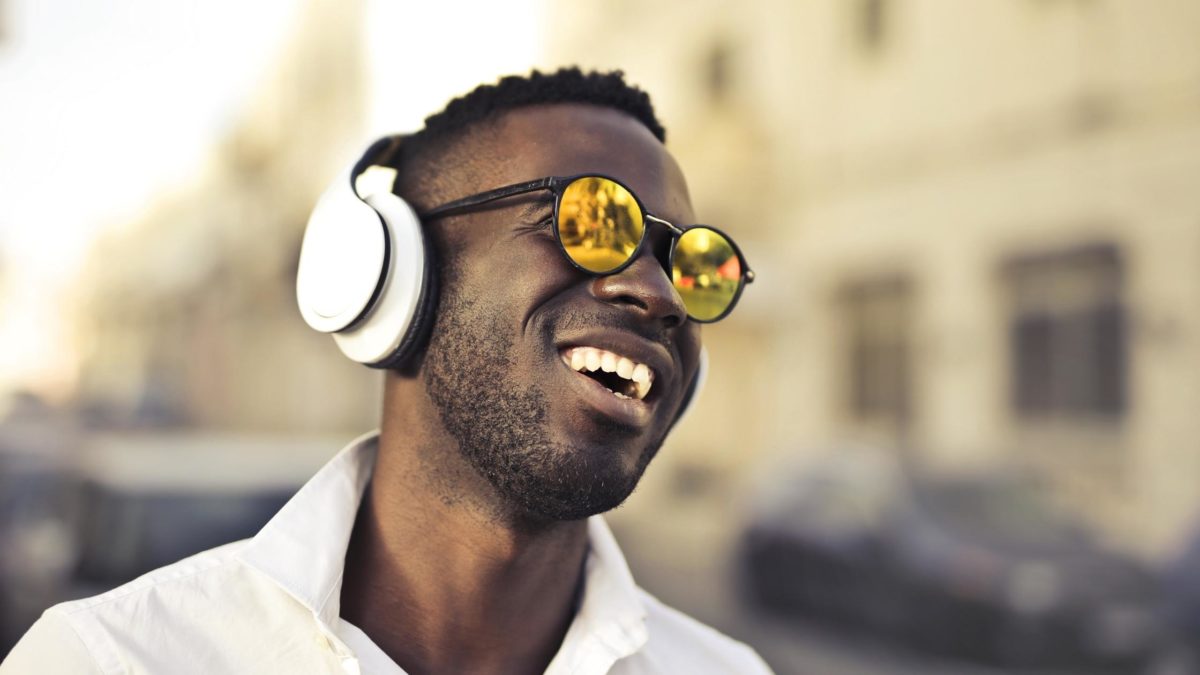
Headphones & Hearing Aids
Hearing aids are truly amazing inventions which not only help millions of people hear better but have led the way in the advancement of digital miniaturization technology. When using hearing aids enjoy features such as enhanced sound, directional microphones to help you hear better in noise and background suppression. However, it can be challenging to navigate interactions with other technology while using hearing aids. For instance, using headphones with hearing aids can seem a bit of a challenge, but we assure you there are several solutions for this. What works for you depends on the style of hearing aid you use. Here are just a few suggested headphones that might work best for you.
Bluetooth
Today one of the most exciting news for hearing aid users who love to listen to headphones is Bluetooth -enabled hearing aids. Don’t even worry about wires! Bluetooth technology connects directly to your favorite media devices whether it be your car stereo for clear GPS direction, your television, home stereo or smartphone. Using raido waves instead of wires, Bluetooth is a wireless short-range communications technology–becoming incredibly common in just about every type of technology out there including headsets, smartphones, laptops portable speakers and of course, hearing aids. The ambient sounds of a busy world won’t obscure what you are trying to focus on, delivering clear sound directly to your ears with all the benefits of your hearing aid programing. Who needs headphones when your hearing aids are deliver sound even better?
A ‘trial-and-error process’
If your hearing aids don’t have Bluetooth, you can still enjoy headphones. What headphones work for you depends on the type of hearing aids you use. For instance, in the ear (ITE) hearing aids are most often compatible with over the ear headphones.
If you’re in the market for headphones it may take time to find the perfect pair with are compatible with your hearing aids. IF you are ordering a pair online, it’s a good idea to read the return policy first. They may look great on the internet but just not work for you when they finally arrive at your house. Better yet, instead of dealing with timely returns and snail mail, go to a store where you can try out several models. This will help you determine what fit and functions best support your hearing and comfort. To find the best fit for you it’s a good idea to reach out to us. We have experience with hearing aids and what headphones may best suit your needs based on the model you use. Below are a few common hearing models and how to find the best headphones to match:
In-the-ear (ITE) hearing aids: Because these fit inside the ear, it’s easy to find over the ear headphones which work.
Invisible-in-the-canal (IIC): Similar to ITE, IIC and completely-in-the-canal (CIC) hearing aids are the tiniest hearing aids on the market and fit inside the ear canal making them discrete and also compatible with many over the ear headphone models and in some cases even earbuds.
Behind-the-ear (BTE) hearing aids: These models tend to be on the bulkier side but they also offer more power, longer battery life and ease of use for those with dexterity issues. Still many have found over the ear headphones which fit over these devices.
Bone-conduction headphones
Sound is vibration and bone conduction headphones work by transmitting sound vibrations along your cheekbones instead of through the air. This means you can wear your hearing aids without interfering with headphones. If you suffer from hearing loss or single sided deafness, bone conduction headphones can help you listen to sounds better because they bypass the external and middle ear.
You can still damage your hearing
Remember, that even though you already have hearing loss, and you are treating it, doesn’t mean you can’t further damage your ears, requiring hearing aid reprograming or even a more powerful hearing aid. To prevent additional noise-induced hearing loss, make sure you follow the 60-90 rule when using headphones or earbuds: Listen at 60 percent or less of your device’s volume for no more than 90 minutes a day and be sure to take breaks.
Ask your hearing healthcare professional
We are here to help find the best headphones to work for you. Schedule a consultation today and find out more about what might best suit you!
